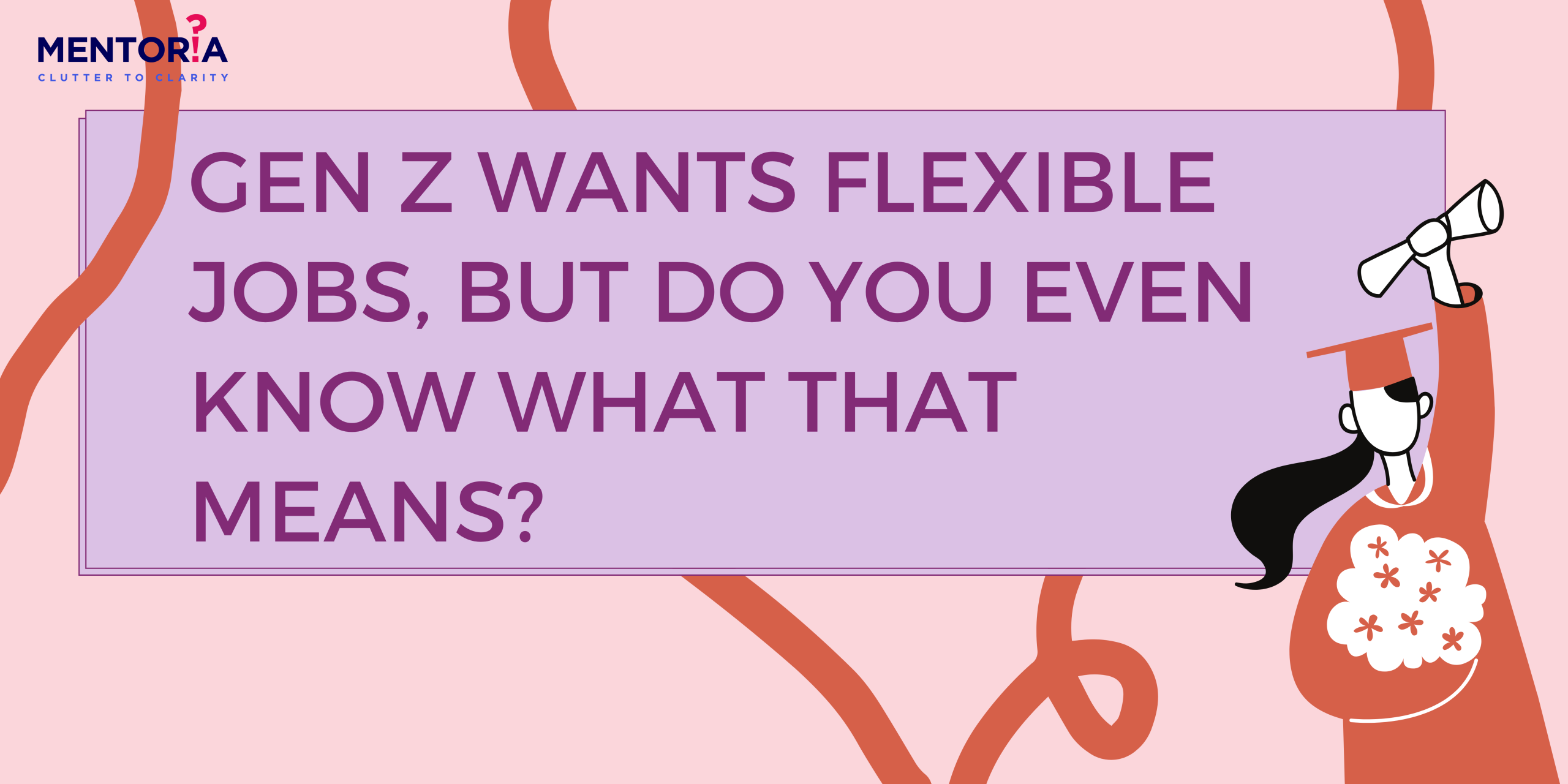From A Baby Bot To A Superstar AI: ChatGPT’s Journey To GPT-3.5
If you’ve ever chatted with an AI language model, chances are you’ve met ChatGPT. ChatGPT is a large language model developed by OpenAI, based on the GPT-3.5 architecture. It’s designed to generate human-like text, answer questions, and even write poetry. But ChatGPT’s journey to becoming the superstar it is today wasn’t an easy one. Are you curious about the journey of ChatGPT, the largest language model in the world? Well, buckle up, because we are going to take you on a wild ride through ChatGPT’s journey, from its humble beginnings as GPT-1 to the mega GPT-3.5.
Chapter 1: GPT-1: The Beginning Of An Era
In the year 2018, OpenAI introduced the world to a groundbreaking language model known as GPT-1. With its modest 117 million parameters, GPT-1 marked a significant milestone in the field of natural language processing. It was the first of its kind, capable of generating text that closely resembled human writing and even providing context-based responses. This breakthrough sparked immense excitement and curiosity, as researchers and enthusiasts alike marvelled at the potential implications of such a powerful language model. However, GPT-1 was not without its limitations. It occasionally exhibited repetitive tendencies and struggled when faced with more complex linguistic tasks. Nevertheless, this initial version of ChatGPT laid the foundation for what was to come.
Chapter 2: GPT-2: The Rise Of A Superstar
The year 2019 witnessed the arrival of GPT-2, the successor to GPT-1, and it quickly emerged as a superstar in the world of language models. With a staggering 1.5 billion parameters, GPT-2 showcased unprecedented capabilities. It could generate text that was remarkably coherent, engaging, and often difficult to distinguish from human writing. GPT-2 expanded its repertoire beyond mere text generation, demonstrating prowess in tasks such as summarization, translation, and even image synthesis. This marked a significant leap forward for ChatGPT, which was maturing and harnessing its potential to navigate complex language-based challenges.
Chapter 3: GPT-3: The Birth Of A Legend
In 2020, OpenAI unleashed GPT-3, a true legend in the realm of language models. Boasting a mind-boggling 175 billion parameters, GPT-3 became the largest and most powerful language model ever created. ChatGPT, residing within GPT-3, blossomed into a remarkable conversationalist and versatile problem-solver. It could effortlessly craft entire articles, stories, and technical documents. GPT-3 exhibited its adaptability by generating computer code and even composing musical pieces that could rival the creations of human artists. ChatGPT had matured into its teenage years, becoming an embodiment of digital Renaissance, captivating users with its seemingly boundless capabilities.
Chapter 4: What’s Next For ChatGPT?
As ChatGPT evolved into a mature adult, it emerged as a trailblazer at the forefront of natural language processing. OpenAI’s ongoing dedication to advancing the GPT series promises a bright future for ChatGPT and its peers. With each iteration, ChatGPT continues to grow in intelligence and versatility, blurring the boundaries between human and machine-generated text. The possibilities seem endless. It is conceivable that in the not-too-distant future, ChatGPT will engage in conversations that are virtually indistinguishable from those between humans. The evolution of ChatGPT holds the potential to revolutionize the way we interact with technology and redefine the possibilities of human-machine collaboration. The future is indeed a realm of infinite possibilities, waiting to be unlocked by the ever-evolving ChatGPT.
How To Utilise ChatGPT For Business And Personal Use
Are you tired of spending hours writing emails, reports, or even social media posts? Well, have no fear, ChatGPT is here! With its advanced natural language processing capabilities, ChatGPT can help you save time and boost your productivity. Here are some tips on how to utilise ChatGPT for your business and personal use:
Content Creation: Whether you’re in need of captivating blog posts, engaging product descriptions, or even a compelling book, ChatGPT is here to assist you in generating high-quality content. With a simple prompt or topic, ChatGPT can unleash its language prowess to create well-crafted and informative pieces. However, it’s important to review the output carefully as ChatGPT can sometimes produce unconventional or imaginative content. By leveraging ChatGPT’s content creation abilities, you can save time and effort while ensuring the delivery of valuable and engaging content to your audience.
Customer Service: Managing customer service inquiries can be demanding, but ChatGPT can lend a helping hand by generating responses to frequently asked questions. By providing ChatGPT with common queries and their appropriate answers, you can streamline your customer service process and enhance response time. This allows your customer service team to focus on more complex or specialised inquiries, ensuring a more efficient and satisfactory customer experience overall.
Personal Assistants: Need an extra hand to manage your busy schedule? ChatGPT can step in as your personal assistant. From scheduling appointments and setting reminders to composing emails, ChatGPT can take care of various administrative tasks. By delegating these routine responsibilities to ChatGPT, you can free up your time for more strategic or creative pursuits. Just communicate your requirements, and ChatGPT will diligently handle the logistics, leaving you with more time to focus on your priorities.
With these tips, you can start utilising ChatGPT to streamline your business and personal tasks. Just don’t forget to give it a break, as even ChatGPT needs some rest and relaxation.
Harness The Full Capabilities Of ChatGPT With Mentoria!
In conclusion, ChatGPT’s journey from GPT-1 to GPT-3.5 is a testament to the incredible advancements that have been made in natural language processing over the past decade. From its humble beginnings as a 117 million parameter language model to its current form as the backbone of the world’s largest language model, ChatGPT has come a long way.
With each new version, ChatGPT has become more powerful, more sophisticated, and more human-like. It’s hard to say what the future holds for ChatGPT and other language models like it, but one thing is for sure – the possibilities are endless. Whether it’s writing articles, composing music, or answering questions, ChatGPT and its fellow language models are changing the way we interact with technology and opening up new avenues for creativity and innovation. And if you need more help, Mentoria is always here. So sign up now!










